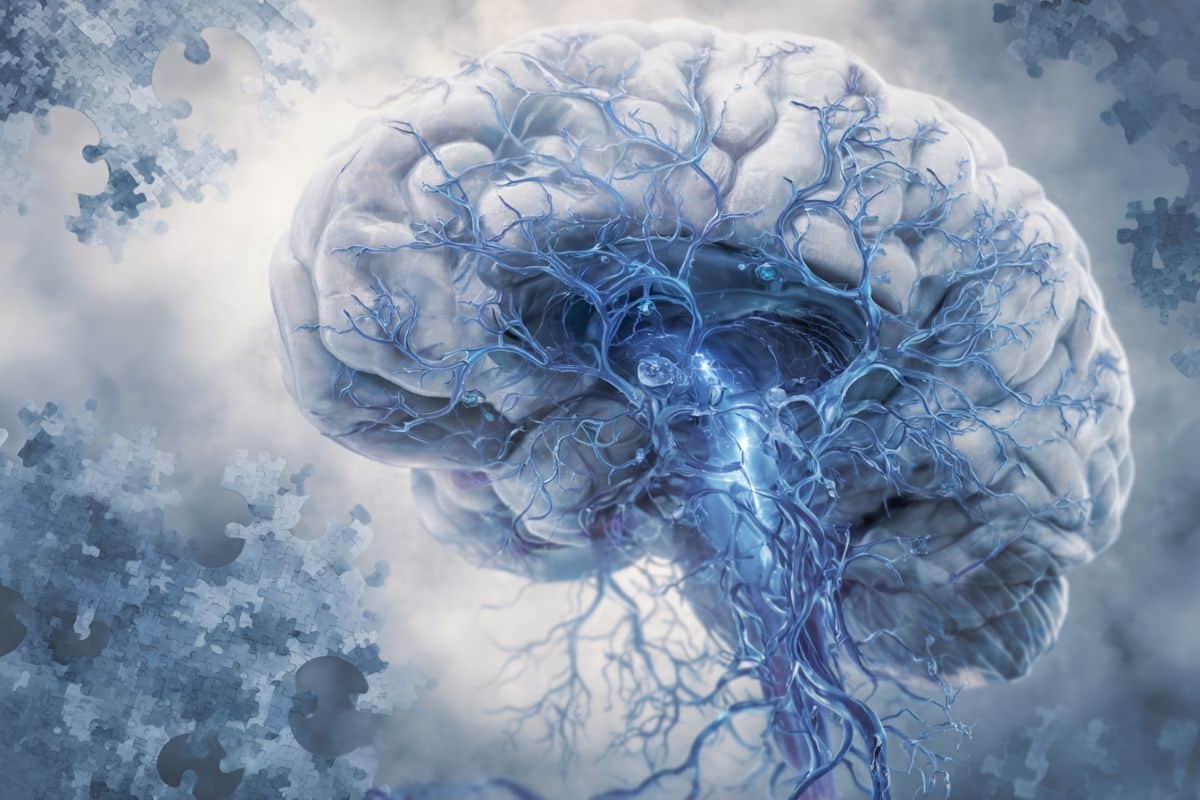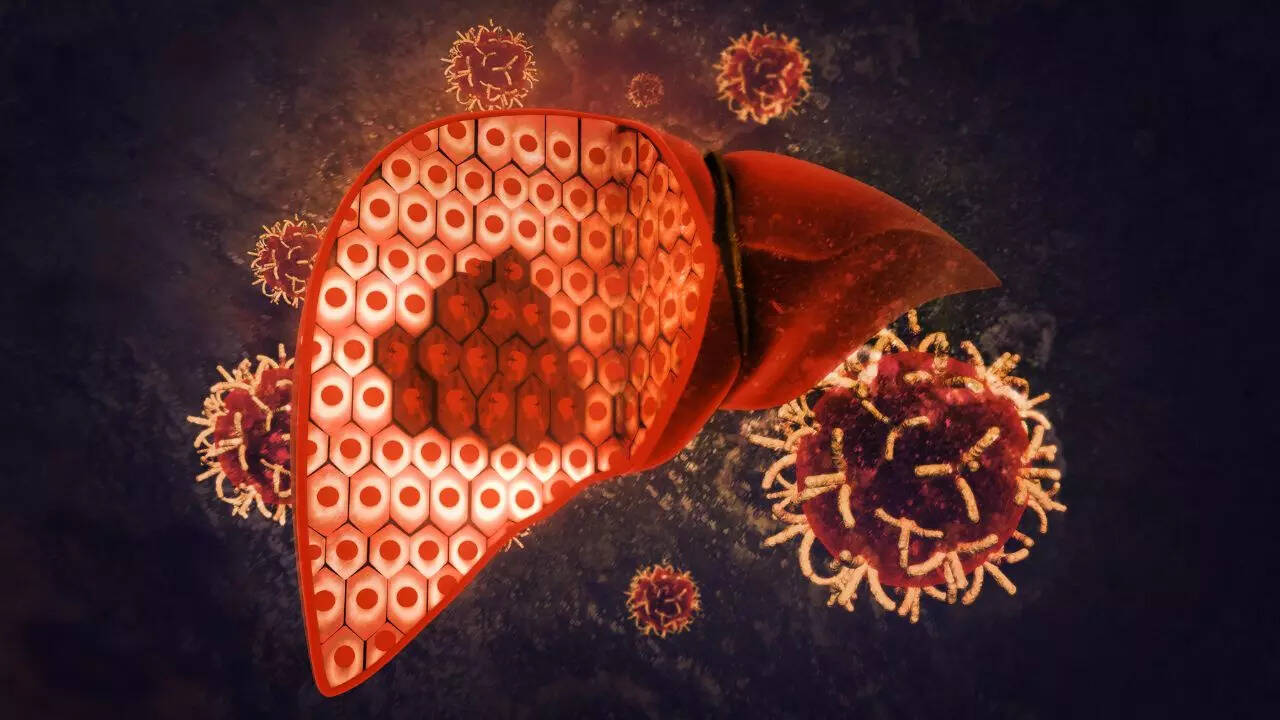Long before becoming a patient, Ilene Sue Ruhoy was a prominent neurologist in Seattle, accustomed to treating disease.
She had been practicing for a decade when, in 2014, she noticed mounting fatigue, dizziness, nausea, migraines, and irritability that various doctors chalked up to stress, a hormone imbalance, and a sinus infection. None of them, she felt, truly listened or took her symptoms seriously.
In August 2015, after a year of asking doctors to order her an MRI, one of them finally listened, and what appeared on the scan changed the course of her life entirely.
At the emergency room, doctors informed her that she had a tumor called a meningioma the size of an apple pressing on the left side of her brain so forcefully that both hemispheres were being pushed to the right side of her skull.
While not classified as cancer, meningiomas can be deadly if complications arise, boasting a mortality rate of anywhere from 63 to 90 percent.
She underwent multiple surgeries to seal off the blood vessel feeding the tumor in the hopes of preventing it from growing larger, followed by a procedure to remove the mass in its entirety.
‘It’s only when I look back in time and think through those appointments and the conversations, and I was at the point where I was begging people to believe me,’ Ruhoy told DailyMail.com.
‘The sad part is that if someone had believed me earlier on, I think I could have prevented a lot of the recurrences that I had to go through because I’ve now undergone three rounds of radiation to my brain.’

Dr Ilene Ruhoy specializes in complex post-exposure illnesses such as long Covid
Ruhoy was healthy before her medical crisis, like many of her current patients. She questioned how this could have happened, feeling she had done everything right.
During her quest for answers, Ruhoy complained of light sensitivity and severe, long-lasting migraines that doctors told her were due to her stressful job as a neurologist in a hospital.
She said one doctor stayed glued to their computer and failed to even make eye contact with her.
Another told her, after she begged for an MRI because she knew something was wrong, that he ‘didn’t want to feed into the hysteria by ordering an MRI.’
She said ‘Looking back, I think that I just wasn’t cognizant of what was really happening when it was happening.
‘And it’s only when I look back in time and think through those appointments and basically I was at the point where I was like begging people to believe me, because things just were getting worse for me.’
Around nine months into her illness, before being diagnosed, she found a primary care doctor and as soon as Ruhoy walked into her new doctor’s office, she began to sob, telling the physician that she had reached her wit’s end.

Many of Ruhoy’s patients are on their fourth or fifth healthcare professional
‘All I said was, please, just order me an MRI. And she said the famous words, “when a neurologist asks you to order a brain MRI, you order a brain MRI,”‘ Ruhoy said.
‘I remember that moment when she just agreed and I almost hugged her. I didn’t, I should have, but I was just so grateful, and I will always be grateful.’

Dr Ruhoy spoke to DailyMail.com about her new book published by St Martin’s Publishing Group about treating complex chronic illnesses
Ruhoy still does not know definitively what caused her own tumor.
She said: ‘I have a PhD in environmental toxicology, so I’ve thought long and hard about this; what exposures have I had in my life, what infections have I had in my life.
‘Once I was diagnosed, I underwent a big workup, led by myself, to try to answer that exact question, and I really came up with nothing. We don’t really know what causes these tumors.’
Inspired by her own journey, Ruhoy would come to specialize in complex post-exposure illnesses (PEIs), such as long Covid and chronic fatigue syndrome.
People with poorly understood chronic illnesses fed by exposure to certain medications, pathogens, or trauma generally describe feeling ‘gaslit’ by their doctors who don’t adequately listen to their concerns, often brush them off as being due to stress, give up trying to treat patients, and alienate them.
She vowed to help patients who have felt let down by the medical establishment and to not allow them to leave her office without setting forth on the path to recovery.
PEIs encompass several diagnoses marked by a wide array of symptoms.
According to Ruhoy, exposure can be to anything external and does not always involve an infection. For instance, she said, long-term exposure to pesticides or mold have been linked to cases of Parkinson’s, multiple sclerosis, and chronic fatigue syndrome.

At the emergency room, doctors informed her that she had a tumor called a meningioma the size of an apple pressing on the left side of her brain (stock image)
Her newfound career treating PEIs began with Danielle, a dancer in her early 30s who developed debilitating joint pain, food allergies, hives, swelling in her hands and feet, dizziness, headaches, and neck pain.
Many of her patients today are on their fourth or fifth healthcare professional in their quest to figure out what is driving their symptoms.
Danielle was no different.
She asked Danielle a laundry list of questions, questions no doctor had asked her before: Did she ever have any pain disorders? Did family members have similar symptoms to hers? Did she choke a lot? Did she have chest pain?
A detailed blood test revealed Danielle’s hypothyroidism, missed by other doctors who hadn’t ordered a comprehensive panel.
This likely caused her fatigue, menstrual issues, hair loss, bloating, and skin changes.
Dr Ruhoy addressed each symptom: an MRI uncovered a misdiagnosed spinal problem, treated with muscle relaxants; medication stabilized her dizziness; and specialists managed her heart and joint pain. Within months, Danielle felt significantly better.
In addition to treating patients’ symptoms with medication, Ruhoy recommends drug-free treatments: being active, even for a short walk, time in nature, and following a consistent sleep schedule.
‘Will you ever be “normal” again? It’s a question I hear often from patients, and unfortunately— if by “normal” you mean a full return to the person you were before this chronic illness… I can’t promise that you will,’ Ruhoy wrote in her book Invisible No More.
‘However, if you care for yourself, if you remain diligent in the ways we have discussed, and if you attend to your body and listen to the signals it sends you… then you have a great chance of being well. Very well, even.’
Source link


